Thank you for your interest in our Survey on 3D Web Viewers for Digital Cultural Heritage
Aim of the surveyThe goal of this survey is to gather input from the Digital Humanities and Digital Heritage communities for the development and implementation of an online platform for 3D Scholarly Research. The PURE3D project is based out of Maastricht University, Faculty of Arts and Social Sciences, under the direction of Dr. Costas Papadopoulos and Dr. Susan Schreibman and funded by the Platform Digitale Infrastructuur–Social Sciences and Humanities (PDI-SSH). The PURE3D platform will be an access infrastructure for sharing and viewing interactive 3D content on the web, while also addressing the unique needs and abilities of Digital Heritage content creators.
Who can participate?
Members of the Digital Humanities and Digital Heritage communities who create, commission or publish 3D objects and virtual worlds. This includes those from fields such as higher education, museums, non-profits, public-sector, private-sector and others. ALL are welcome to participate in this study regardless of position or level of experience.
Survey Participation
With your participation, you directly contribute to a better understanding of the user requirements of those who develop and engage with scholarly 3D content. This survey is an important step in developing the PURE3D infrastructure which will combine a 3D web viewer and an underlying Content Management System. Your time and contributions are invaluable to the advancement and legitimization of 3D scholarship.
The survey will last about 10-12 minutes and includes a section where you can give project-specific input regarding a 3D project you were involved with.
After having filled in the survey, you can indicate if you would be willing to further contribute to the project in the form of focus group participation and interviews. This would be of great help to our development of the PURE3D infrastructure. This is a chance to be heard about your specific needs and insights regarding the field of 3D heritage-based research.
Data privacy
Your participation in this survey is completely voluntary. You are free to withdraw from this survey at any time.
For this study, personal data about you will be used and stored by Maastricht University. This concerns the following data: Demographic information (e.g. age, gender, nationality), work related information (e.g., work sector), and your email address. Email addresses will exclusively be used to send you invitations for future focus groups or a follow-up interview, in case you agree to participate in any of these parts.
The research data that apply to you will be used in future or other research in such way that they cannot be directly traced back to you. You can withdraw your consent to the use of your personal data at any time. In that case, personal data and research data will be deleted if possible. For more information about your privacy rights please visit https://www.maastrichtuniversity.nl/about-um/um-general-privacy-statement.
For any further questions about the processing of your personal data please contact pure3d-fasos@maastrichtuniversity.nl. You can also contact the Data Protection Officer of Maastricht University at fg@maastrichtuniversity.nl.
What are the next steps?
If you are interested in supporting our project, please register for the survey by providing your consent for participation on the next page. You will then directly be led to the survey.
In case of any questions or concerns, please feel free to contact us at pure3d-fasos@maastrichtuniversity.nl.
If you would like to learn more about the project, please head to our website at https://pure3d.eu/ and follow us on Twitter, LinkedIn and Facebook to stay updated on events, survey results, publications and more.
From the entire PURE3D Team, we appreciate your time and effort in responding to this survey.
Swanson presents an innovative reading of The Politics which revises our understanding of Aristotle's political economy and his views on women and the family, slavery, and the relation between friendship and civic solidarity. She examines the private activities Aristotle considers necessary to a complete human life—maintaining a household, transacting business, sustaining friendships, and philosophizing. Focusing on ways Aristotle's public invests in the private through law, rule, and education, she shows how the public can foster a morally and intellectually virtuous citizenry. In contrast to classical liberal theory, which presents privacy as a shield of rights protecting individuals from one another and from the state, for Aristotle a regime can attain self-sufficiency only by bringing about a dynamic equilibrium between the public and the private.
The Public and the Private in Aristotle's Political Philosophy will be essential reading for scholars and students of political philosophy, political theory, classics, intellectual history, and the history of women.
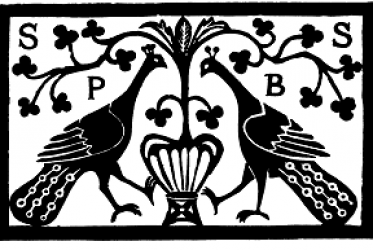
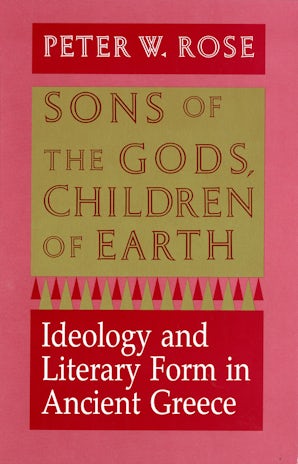

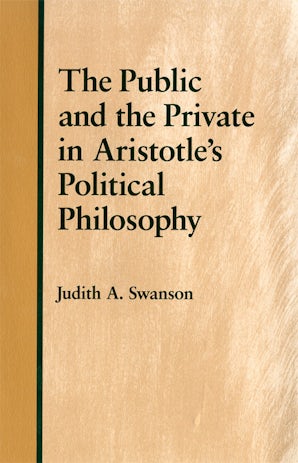
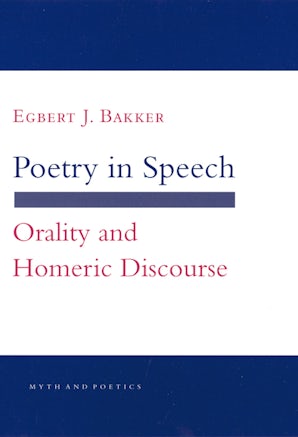

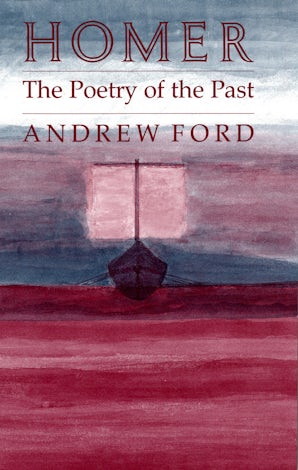












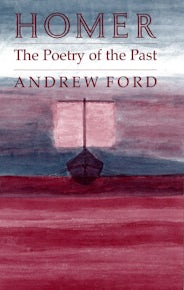
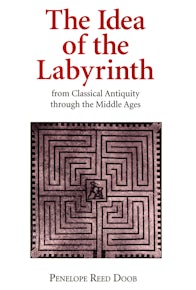


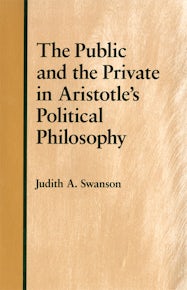
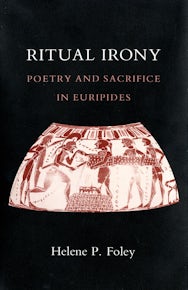










 Stumble It!
Stumble It!
